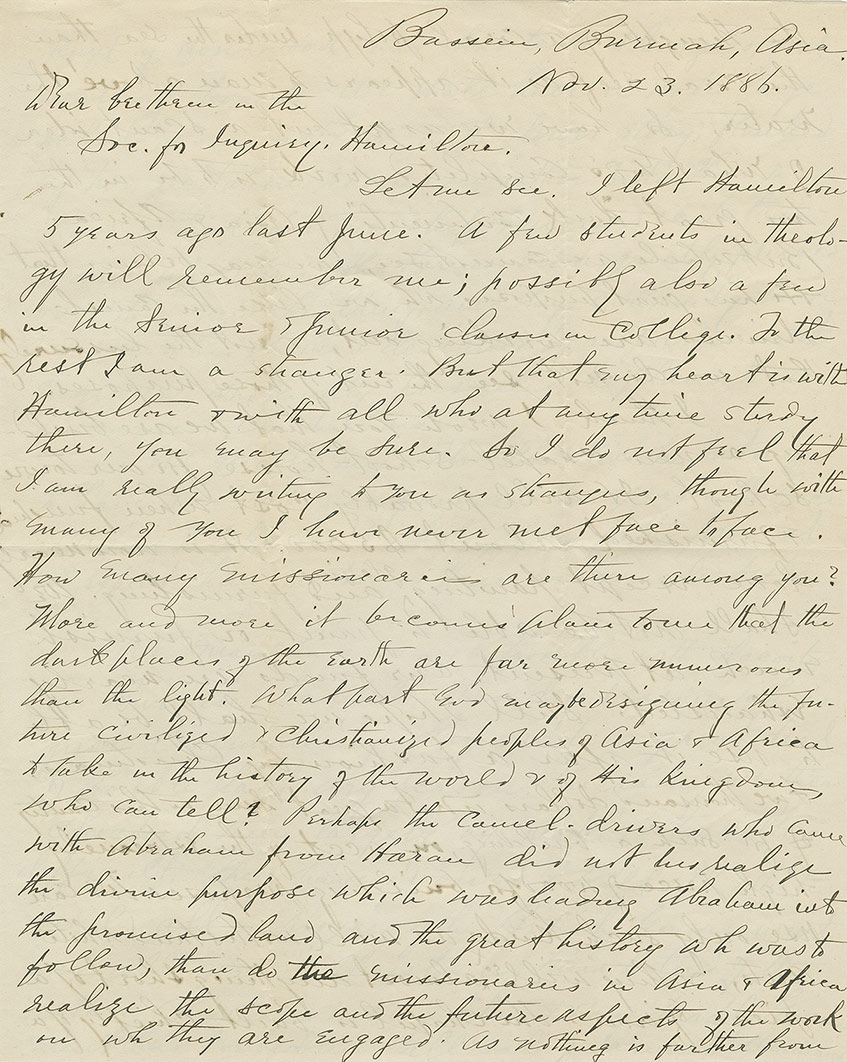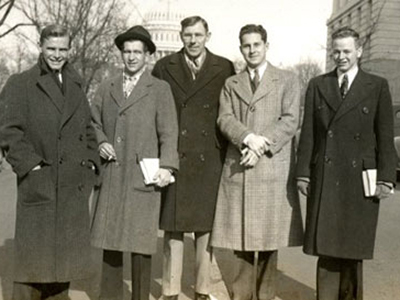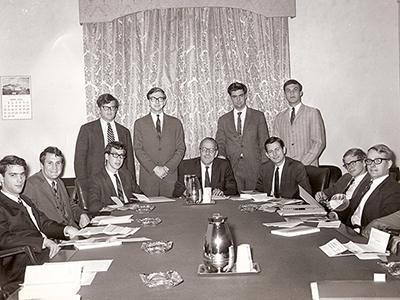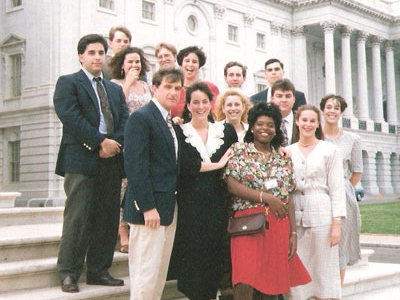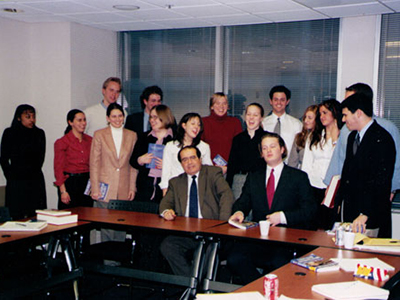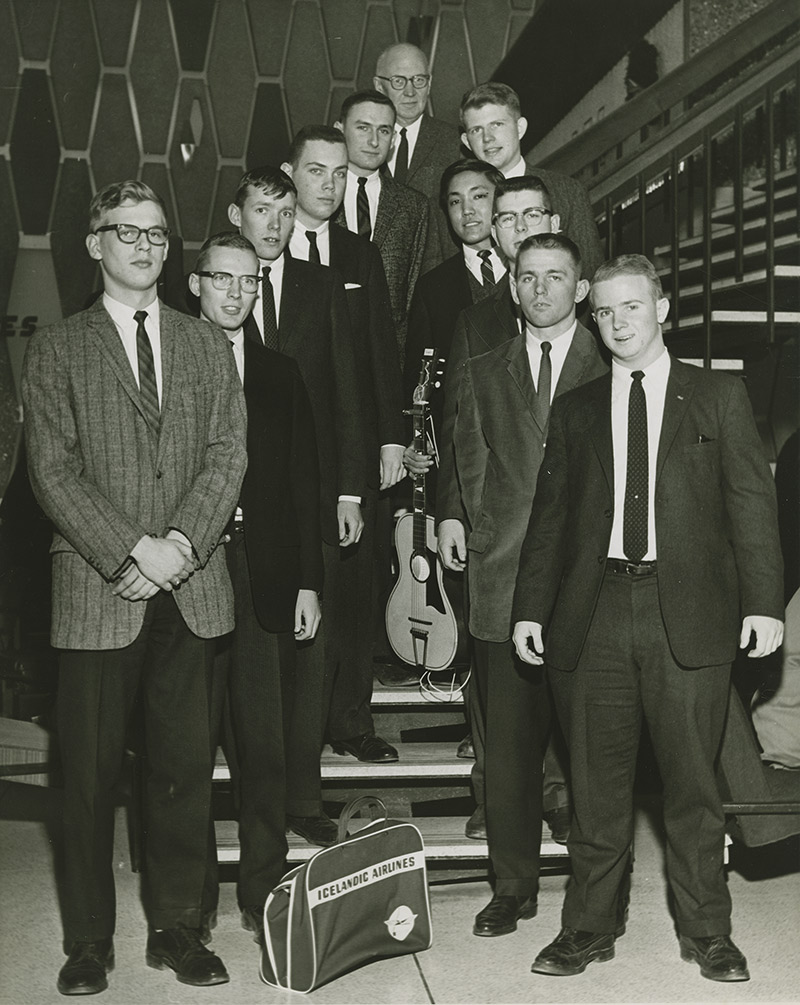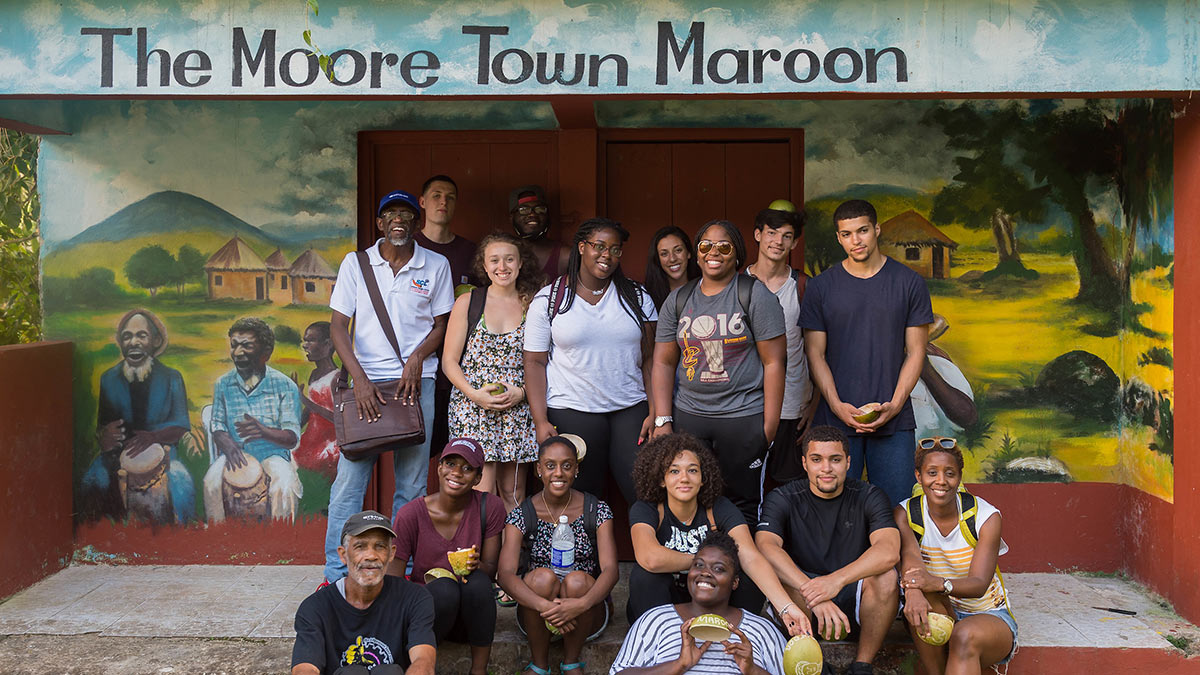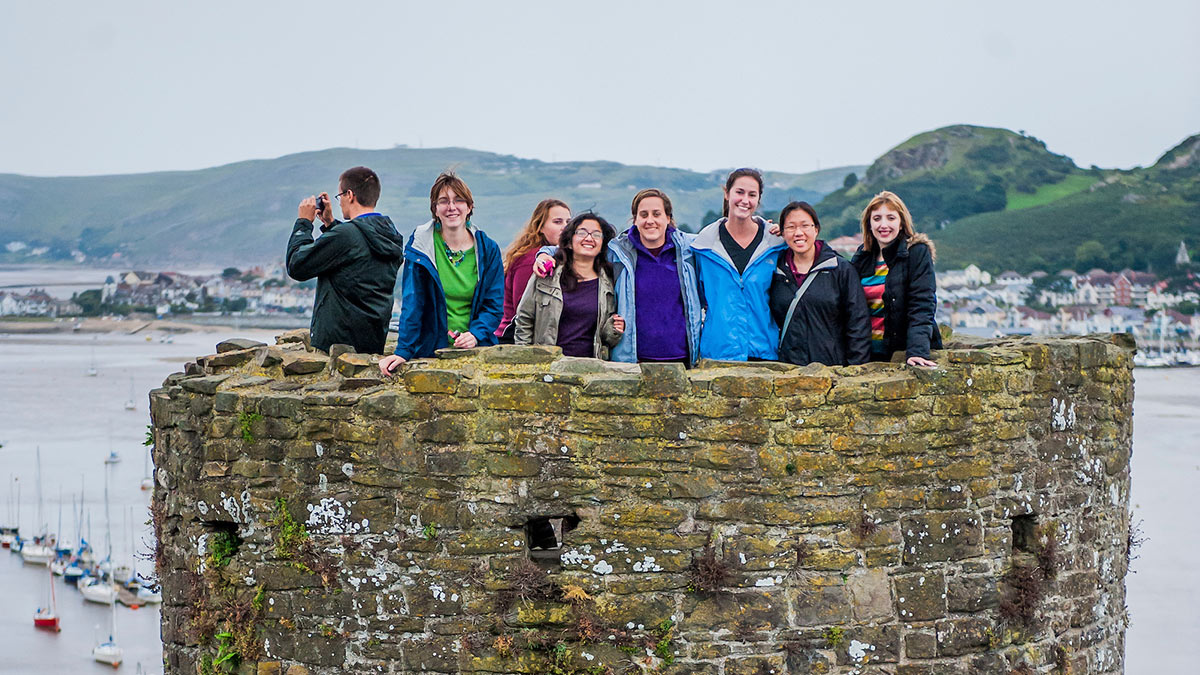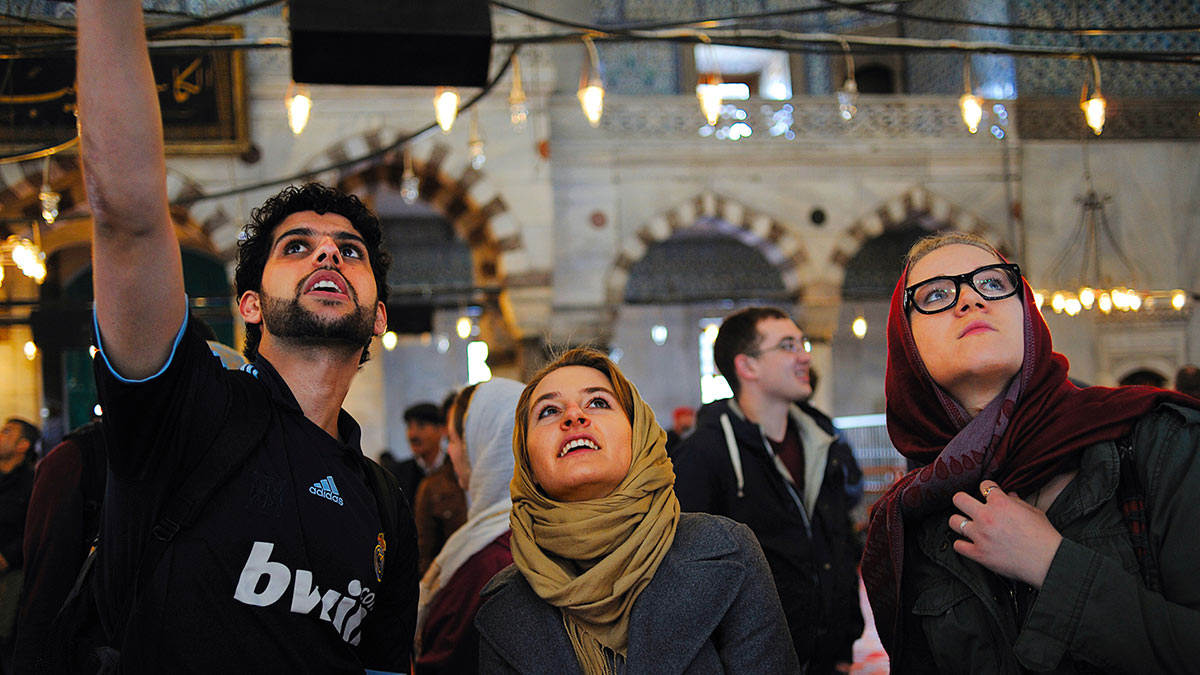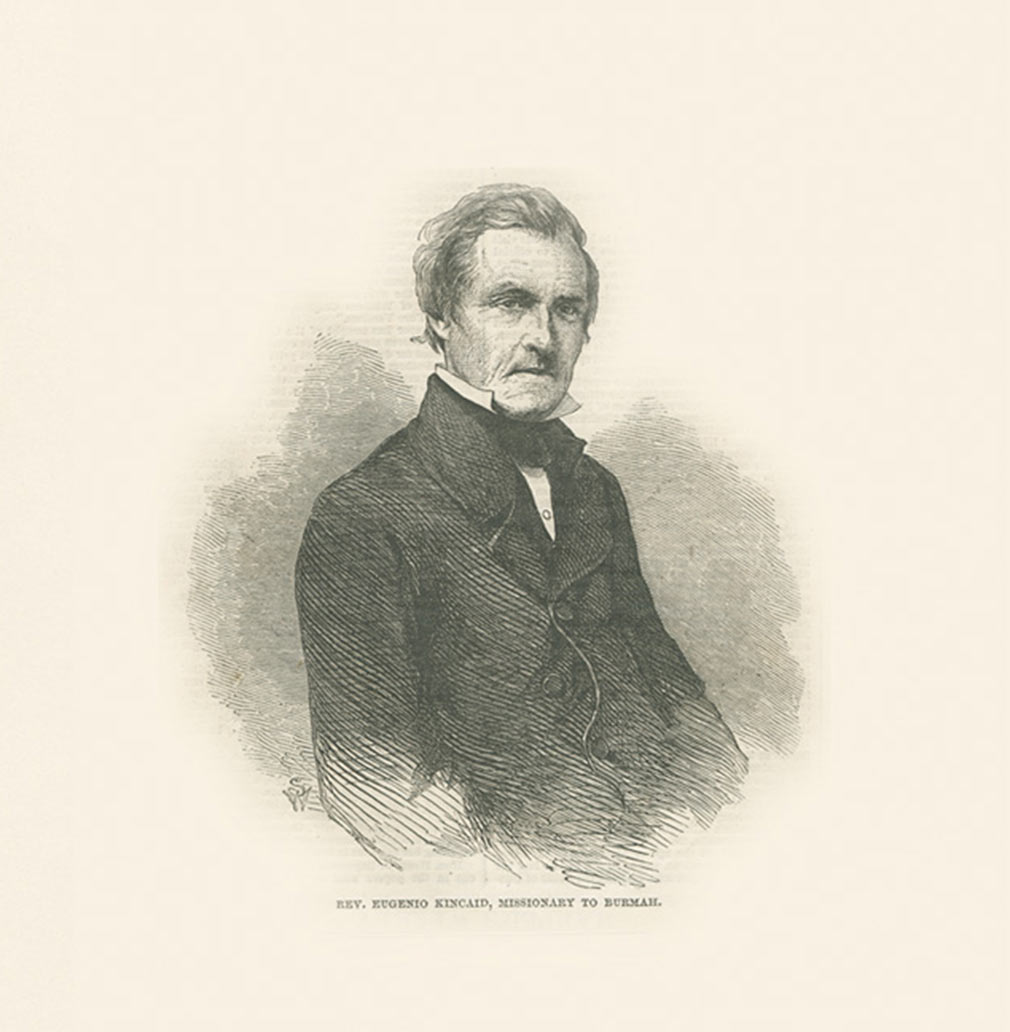
By James Leach
When off-campus study director Joanna Holvey Bowles and research fellow Elizabeth Gonzales ’19 traced the history of off-campus study at the university for a Bicentennial research project, they learned that students’ deep intellectual engagement in “seeing the world” went back much further than one might expect. A presentation of their findings in April 2018 heavily informs this historical overview of the global reach of a Colgate education.
1820s-present

